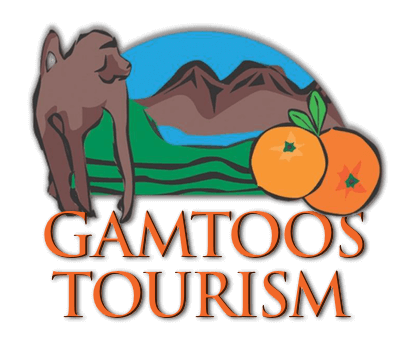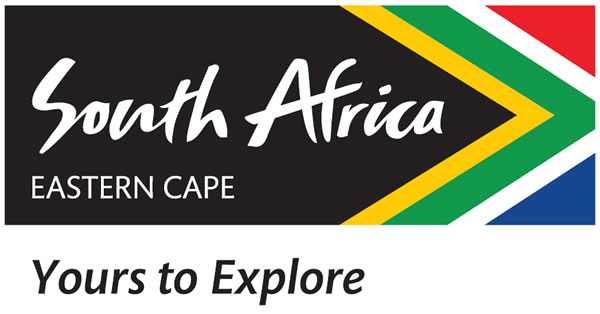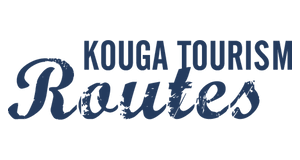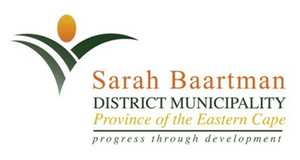The Ferreira Family in SA
Monday, 2nd February 2015

Most South Africans are proud of the fact that they can trace their heritage back to Dutch, German or French forefathers. The influence of other European nations on the composition of the Afrikaner before 1807 was negligible. It is thought that it was as little as 2.9%. These particular forefathers came from Sweden (40), Denmark (37), Norway (16), Italy (4), Portugal (2), Austria (2), Poland (1), Finland (1) and Hungary (1).
The two Portuguese mentioned were both from Lisbon and both were shipwrecked along the Cape coast. They were Ignácio Ferreira (1722) and Manuel Joao d'Oliveira (1792 - "Olivier"). Of these two, the number of Ferreiras are far and away in the majority because Ignácio Ferreira was shipwrecked about 70 years before d'Oliveira. Ferreira also had many more sons than d'Oliveira - six of the ten Ferreira children were boys.
Many Afrikaners who are proud of their Germanic or Huguenot surnames will find through genealogical research that they, thanks to the Ferreiras, also have a sprinkling of Portuguese blood coursing through their veins.
Ignácio Ferreira was born in 1695 in Lisbon, Portugal. Nothing further about him can be substantiated except that the registration of his baptism could be confirmed reasonably accurately from the records of the Arquivo Nacional da Torre do Tombo of Lisbon. According to the records, Ignácio Ferreira was baptized on 1 November 1695 in the parochial church Nossa Senhora da Ajuda by father Luis Alurz' do Soutto. His parents, Manuel Ferreira and Antónia Francisca, were from Alcântara, a suburb of Lisbon near the harbour from where Vasco da Gama left in 1497. During this time 99% of all Portuguese were Roman Catholics.
On 16-17 June 1722 a powerful north westerly wind hit the Cape. During the night, pieces of wreckage were found on the beaches. Nothing could be done except to light a big fire on the beach. On the morning of the 17th it was ascertained that all the ships of the V.O.C, namely Standvastigheid, Rotterdam, Zoetigheid, Schotse Lotterdraayer, Lakeman and Gouda, as well as a Cape ship D'Amy and three English East India Company ships, namely Chandos, Nightinglae and Addison had all been wrecked and stranded. Ten ships were lost and more than 600 sailors perished. Today the Chandos is buried under reclaimed land near the Castle.
27 year old Ignácio Ferreira was a surviving sailor on the Chandos, a ship of 440 tons. The Chandos was on its return voyage from Bengal to England. Only 2 sailors of the Chandos drowned.
On 6 November 1735 Ignácio Ferreira, aged 40, married Martha Terblanche, a Protestant girl aged 18 years, at Stellenbosch. Two children, Maria Magdalena and Jan Leopold - who died young - were born out of wedlock before the above date. Eight more children completed the Ferreira family. Interestingly, not a single child carried the name of either parent or family. All their children were given Dutch names. They lived on the farm Hartebeeskuil in the present day Mossel Bay district, at the time part of the Stellenbosch district. The original homestead and a portion of the farm is today under the water of the dam supplying Mossel Bay.
From here the Ferreira family spread through the Langkloof, Karoo, to the Gamtoos Valley, throughout the eastern Cape, South Africa and neighbouring states. Ignácio Ferreira died on 24 May 1772 at the age of 77 years.
THE FERREIRA FAMILY OF THE GAMTOOS VALLEY
The first white people who visited the Gamtoos Valley were hunters. During the 18th Century (1700's), a certain van Zyl was trampled by an elephant on the farm which belonged to James Wait in Kleinrivier, Hankey. These people were just visitors. It was the pioneer farmers who settled here that tamed the dense valley for later generations to prosper.
As hunters and pioneer stock farmers moved ever deeper into the countryside, the borders of the Colony had to be moved eastwards continuously. To keep in contact with the farmers and to collect "recognition" monies, more landdrost offices had to be established. Thus Swellendam came into being in 1745.
It is recorded by Theal "...a commission, comprising Lucas Faber and Joachim Mentz, reported that farmers with big herds of cattle were observed in the vicinity of the Gamtoos Valley without paying any recognition monies." The commission recommended that the Gamtoos River be proclaimed as the border of the Colony and that all farmers east of the river must come back. In 1770 the Gamtoos River was proclaimed as the border and the Gamtoos Valley was part of the Swellendam district. In 1804, it became part of Uitenhage district.
From 1765 farmers were given permits to live on the farms. No title deeds were given. As long as the rental was paid, improvements could be made which could be sold again or be inherited by children, but there was no ownership. After 1806, under English rule, property rights were issued although farmers had been living on their "properties" for quite a long time.
Of these pioneer farmers, descendants with surnames such as Vermaak, Kok, Ferreira, Muller, Rautenbach, Wait, van der Watt, Scheepers and Rens are still today farming in the Gamtoos Valley.
1820 Settler families also had a great influence in the Gamtoos Valley. Surnames such as Bean, Colling, Melville, Williams, Jones, Seal, Smith, Young, Henry and Whitehead are still found in the Valley area. Not all of these families were 1820 Settlers. Some settled both before and after 1820.
At one stage about 20% of all inhabitants in the Gamtoos Valley were of the Ferreira family. Many had the same names so that nicknames had to identify the families. Thus there were the Eerlikes (honest ones), Langsalmons, Matabelies, Giele, Wittes (white ones), Stompies (short ones), Salies, Vales (grey ones), Swartes (black ones), Skeles (squint-eyed ones), Konings (kings), Fisante (pheasants), Atties, Jape, van der Poele, Bloubokkies, Geelbekke etc.
Today the number of Ferreiras has decreased, but there are still enough to field at least two senior rugby and two netball teams, consisting solely of Ferreira family members, to play against the rest during the annual Ferreira Sports Day in November.
2006 commemorated the day 40 years before when the first rugby team of Patensie, representing the Gamtoos Valley, consisted of Ferreiras only, the manager of the team included!
The town Patensie was established on 4 morgen of land donated by Edward Dawson Ferreira, born 13 December 1866. Patensie has four streets named after the Ferreira family, namely Fred Ferreira Road, Johnny Ferreira Road, Paul Ferreira Street and Teddy Ferreira Street.
compiled by C.R. (Radie) Ferreira





